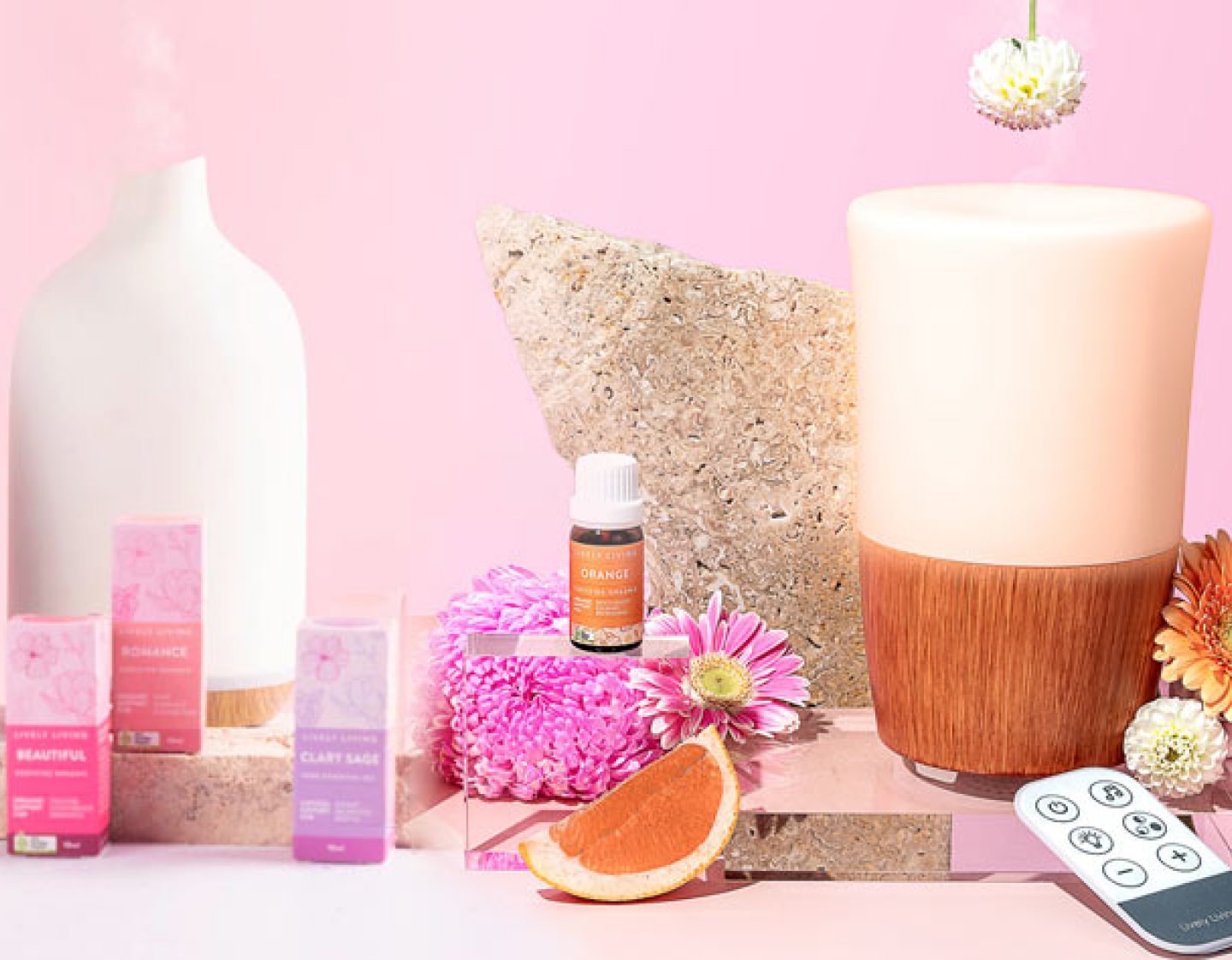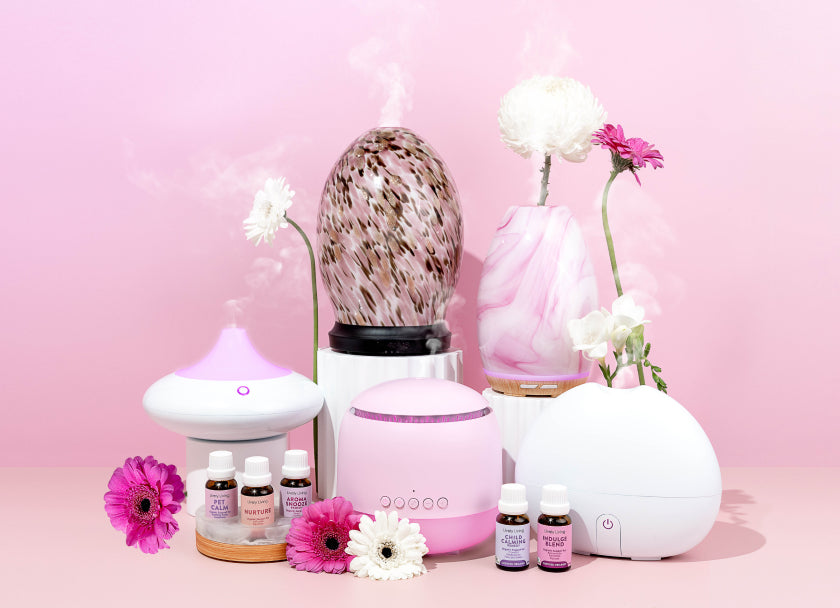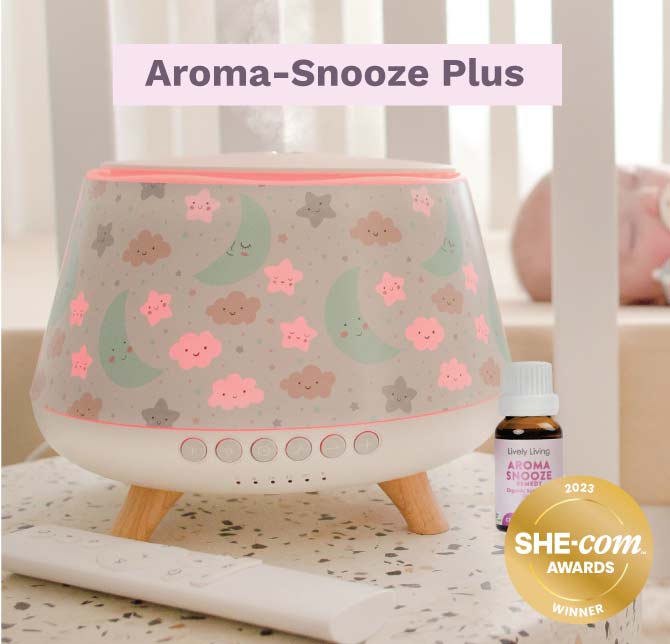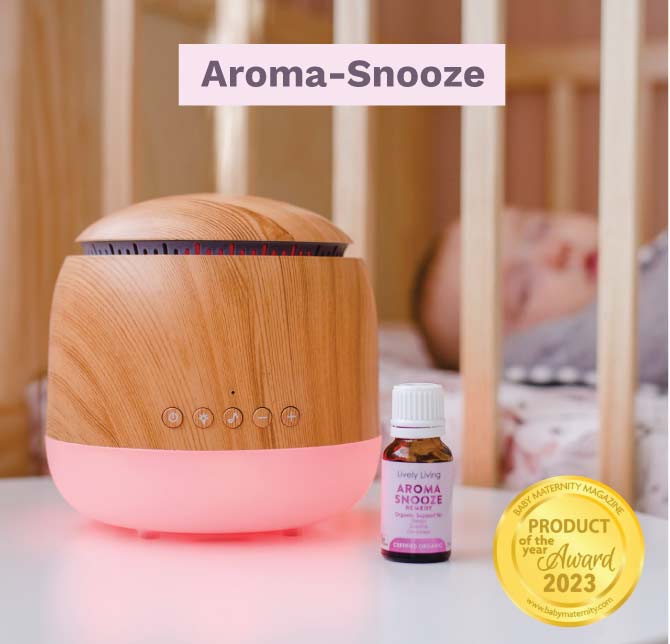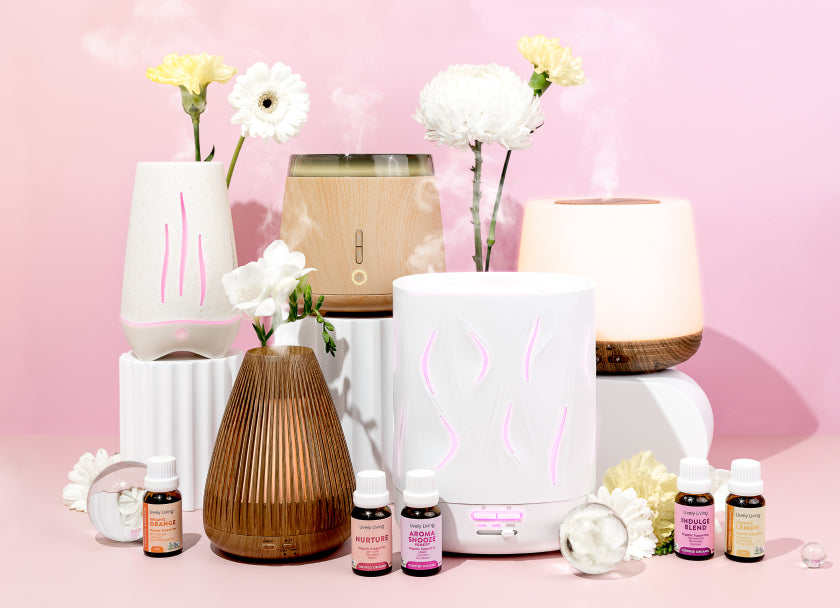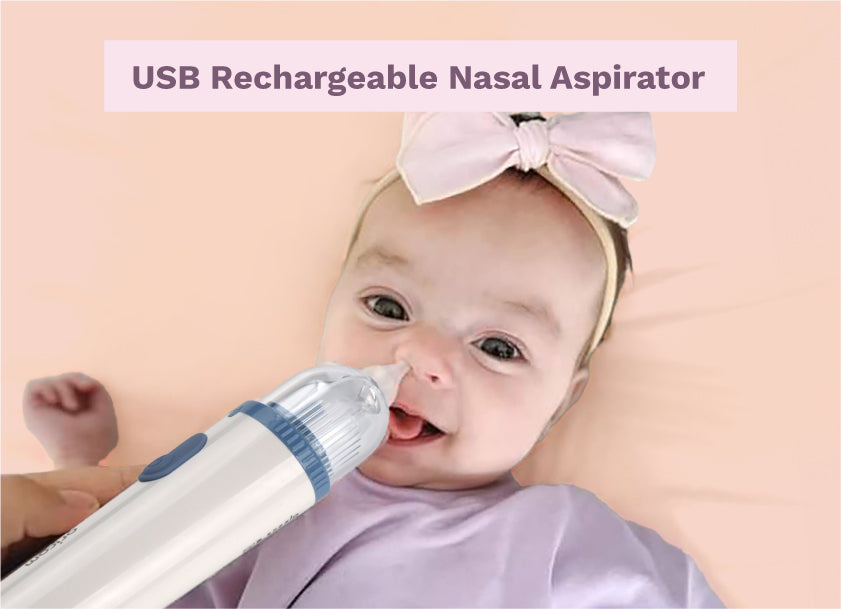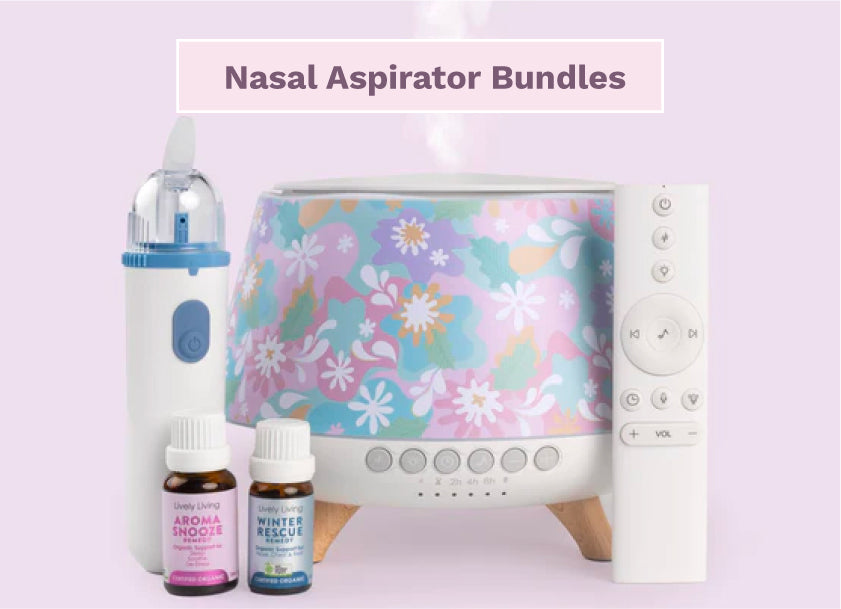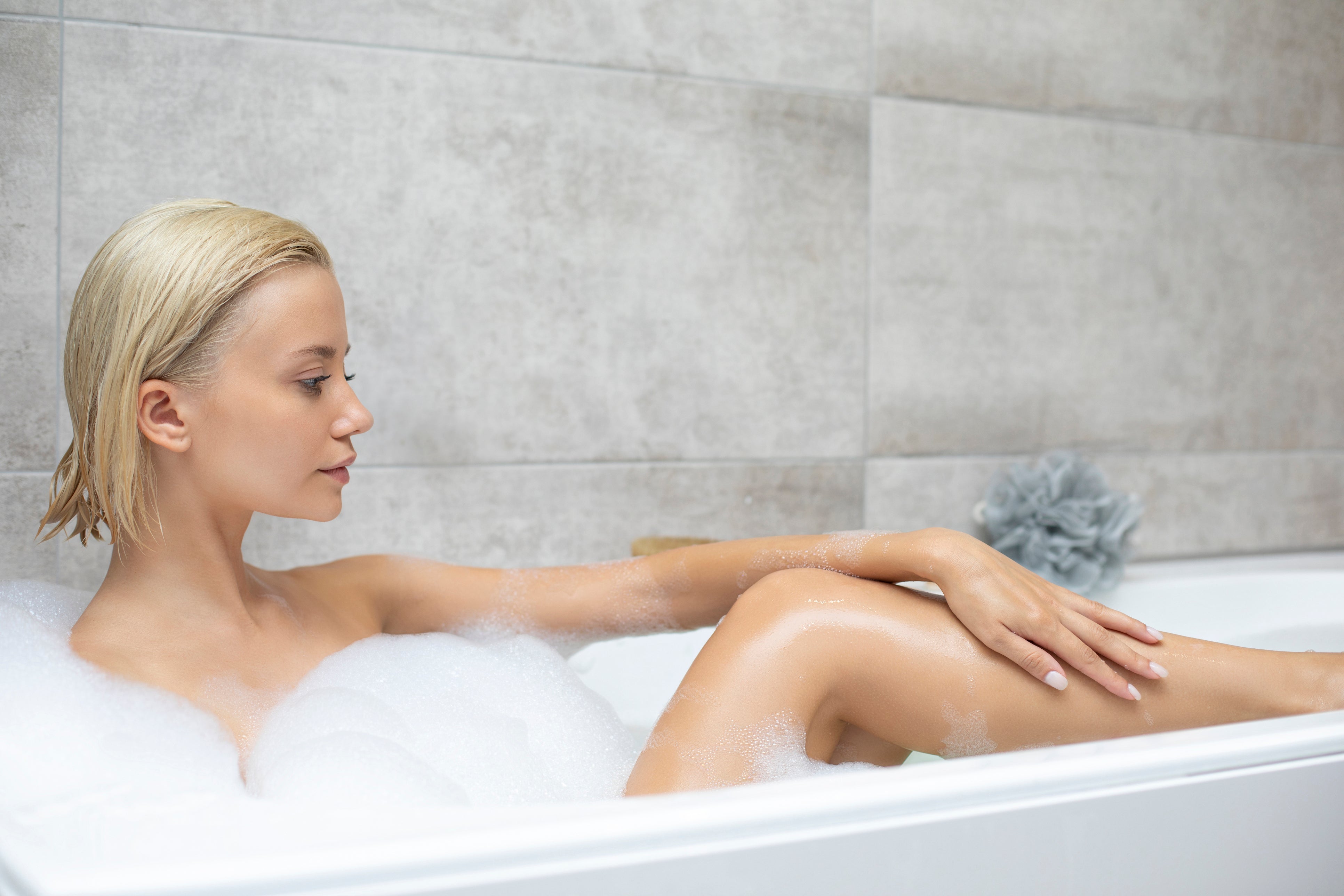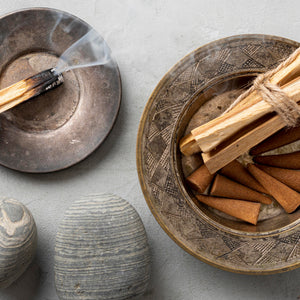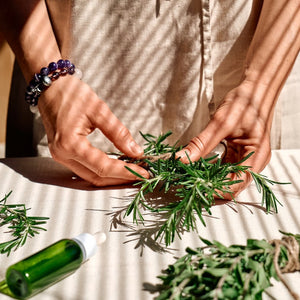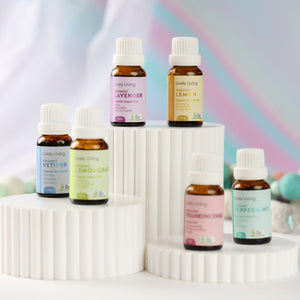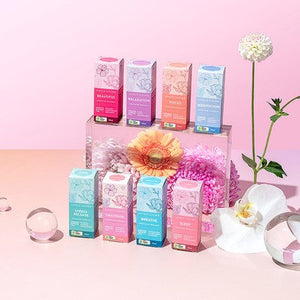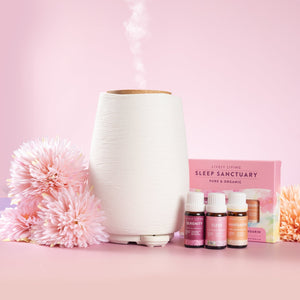Essential Oils Bath Safety: Tips for a Secure Soak
Sinking into a warm bath at the end of a long day feels like pure magic. Add a few drops of your favorite essential oil, and you have a mini spa retreat right in your bathroom. I get it, because that leisurely soak is my go-to for melting away stress and a key part of my self-care ritual.
For a long time, I was doing it all wrong, and you might be too. Real essential oils bath safety is about more than just splashing some lavender in the tub. This guide will walk you through the proper steps for a safe and amazing aromatic bathing experience.
I once thought a few drops straight into the water was the ticket to bliss. It turns out that this common mistake can cause skin irritation, ruining the entire experience. Learning about proper essential oils bath safety changed everything for me, and I want you to have that same safe, wonderful experience every single time.
Table of Contents:
- The Big Mistake We Have All Probably Made
- How to Dilute Essential Oils for a Safe and Soothing Bath
- What About Bath Salts, Milk, and Bubble Bath?
- Achieving True Emulsion: Your Secret to a Perfect Bath
- Essential Oils to Avoid in the Bathtub
- My Go-To Blends for a Wonderful Bath Experience
- Last-Minute Tips for Your Best Essential Oil Bath
- Conclusion
The Big Mistake We Have All Probably Made
Here is the thing about oil and water: they absolutely refuse to mix. You probably learned that in a science class years ago, but it is easy to forget when you are picturing a fragrant, relaxing bath. When you drip essential oils directly into your bathwater, they do not magically disperse.
Instead, those powerful little droplets just float on the surface of the water. When you step into the tub, those undiluted oils come in direct contact with your skin. This can lead to anything from mild irritation to a painful burning sensation, the exact opposite of the soothing soak you wanted.
This is not just uncomfortable; it can be a real problem for your skin and is a primary cause of avoiding skin sensitivity issues. It completely undermines your relaxation goals and makes the bath a source of stress. Let's discuss the right way to enjoy all the aromatherapy bath benefits without the risk.
How to Dilute Essential Oils for a Safe and Soothing Bath
The single most important rule for using essential oils in the bath is to dilute them first. This means mixing them with something that will carry them safely to your skin. The easiest and most effective way to do this is with a carrier oil.
Choosing the Right Carrier Oil
A carrier oil is a vegetable-based oil that helps to spread the essential oil and allows it to be absorbed more gently. You likely have some of these in your home already. They do not just add safety; they often have their own skin-nourishing benefits, which is a fantastic bonus for a natural bath.
Using carrier oils for bath preparations is simple. Some great choices include:
- Jojoba Oil: This is technically a liquid wax, and its composition is very similar to our skin's natural sebum. It is moisturizing without being greasy and is a great choice for all skin types.
- Sweet Almond Oil: Light and absorbent, this oil is packed with vitamin E, which is excellent for skin health. It is a popular choice for massage and general skincare.
- Fractionated Coconut Oil: Unlike the solid coconut oil in your pantry, this version stays liquid at room temperature. It is non-greasy and has a long shelf life.
- Grapeseed Oil: Another light and silky option that will not leave you feeling heavy or sticky. It is a good choice for those with oily or acne-prone skin.
- Avocado Oil: Rich and deeply nourishing, avocado oil is wonderful for dry or mature skin. It is thicker than other oils, so you might want to blend it with a lighter one.
- Olive Oil: Extra virgin olive oil can be used in a pinch. It is very moisturizing but can be heavy and has a distinct scent that may interfere with your essential oils.
The Perfect Dilution Ratio for Your Bath
Now that you have your carrier oil, how much do you use? Experts have clear guidelines on essential oil dilution. A general safety rule for adults is to use a dilution of 1 to 4% for a full-body application like a bath.
That might sound complicated, but it is actually really simple to measure. Mix 5 to 20 drops of essential oil into one tablespoon of your chosen carrier oil. Start on the lower end with just 5 or 6 drops, especially if you have sensitive skin or are trying a new oil for the first time.
Mix the oils together in a small, non-plastic bowl before adding the blend to your bathwater. A word of caution: adding oil to the tub will make surfaces very slippery. Please be extra careful when getting in and out of the bath to prevent falls.
What About Bath Salts, Milk, and Bubble Bath?
This is where a lot of popular online diy bath recipes get it wrong. Many people suggest mixing essential oils with things like Epsom salt, milk, or baking soda. It sounds lovely, but these substances do not properly dilute essential oils.
Things like salt and baking soda are water-soluble, meaning they dissolve in water. When they dissolve, they release the essential oil droplets to float on the surface, just as before. This creates the same risk of skin irritation.
If you want to create a beautiful Epsom salt bath, there is a safe way to do it. First, mix your essential oils with a carrier oil using the ratio mentioned above. Then, stir that oil blend thoroughly into your Epsom salts until every grain is coated. This way, as the salt dissolves, the diluted oil is released into the water for a much safer therapeutic bath.
For a bubble bath, you can mix essential oils into a liquid soap like an unscented body wash. Soap can act as a dispersant, helping the oil break into smaller droplets. Even so, pre-mixing it with a carrier oil first is still the safest bet for maximum protection.
Achieving True Emulsion: Your Secret to a Perfect Bath
So, you know oil and water do not mix. But what if you could make them? That is where an emulsifier comes in, a key ingredient for a true luxury bath.
An emulsifier is a substance that helps bind oil and water together, creating a stable, milky mixture. Using one means the essential oil blend will actually disperse throughout the bathwater instead of floating on top. This is the ultimate technique for complete essential oils bath safety.
A popular and gentle option is Polysorbate 20, which is derived from coconut oil. You mix your essential oils with the Polysorbate 20 in a 1:1 ratio. If you use 10 drops of essential oil, you would mix it with 10 drops of Polysorbate 20 before adding it to the bath. It gives the water a slightly cloudy look and feels amazing on the skin.
Essential Oils to Avoid in the Bathtub
Just because an oil smells good does not mean it belongs in your bath. Some essential oils are known as hot oils or photosensitizers and can be extremely irritating. This effect is magnified when added to warm water, which opens up your pores.
The sensitive areas of your body are particularly vulnerable. Here are some of the oils you should keep out of the tub to avoid a bad reaction. This is one of the most important bath safety tips.
| Oil to Avoid | Reason |
|---|---|
| Cinnamon Bark or Leaf | Very high risk of skin irritation and burning. |
| Clove | Can cause significant skin irritation. |
| Oregano | A powerful hot oil that can feel like it is burning the skin. |
| Thyme | Certain types are high in thymol, which can be irritating. |
| Lemongrass | Can be sensitizing and should be used with extreme caution. |
| Peppermint | Its high menthol content can create an intense, unpleasant cooling sensation. |
| Wintergreen | High in methyl salicylate, which can be sensitizing and toxic if absorbed in large amounts. |
| Black Pepper | Can create a strong heating sensation that may be uncomfortable in a bath. |
While peppermint might seem great for sore muscles, it can cause a bizarre and unpleasant feeling all over your body. It is much better to use these potent oils in a targeted muscle rub after your bath, not in it. Always play it safe and stick with gentler oils.
My Go-To Blends for a Wonderful Bath Experience
Now for the fun part. Once you have the safety steps down, you can create some truly incredible aromatic blends. The best approach is to think about what you want to achieve with your bath. Do you need to relax, feel more energized, or create an herbal bath soak?
Here are a few of my favorite combinations. Just remember to mix the total drops with one tablespoon of carrier oil before adding them to your tub.
- For Total De-Stress: Mix 4 drops of Lavender, 3 drops of Roman Chamomile, and 2 drops of Frankincense. This blend with calming essential oils is deeply relaxing and perfect for unwinding your mind.
- For Sore Muscle Relief: Use 4 drops of Juniper Berry, 4 drops of Marjoram, and 2 drops of Copaiba. This combo is fantastic after a tough workout. Research suggests baths can help alleviate muscle aches.
- For an Energizing Boost: Try 4 drops of Sweet Orange, 3 drops of Lemon, and 2 drops of Rosemary. This is a great choice for a morning bath to help you feel focused and ready for the day.
- For a Restful Sleep: Blend 4 drops of Lavender, 3 drops of Cedarwood, and 2 drops of Vetiver. This earthy, grounding mix is perfect for preparing your body and mind for a deep sleep.
- For Clear Breathing: Mix 4 drops of Eucalyptus Dives, 3 drops of Pine, and 2 drops of Lemon. This blend is wonderful when you feel congested or just want a refreshing, spa-like experience.
Do not be afraid to experiment with scents that you love. Your nose knows what will work best for you, so trust your own preferences.
Last-Minute Tips for Your Best Essential Oil Bath
Before you run the water, here are a few final pieces of advice to make your experience perfect. Following these small steps can make a big difference in both safety and enjoyment.
First, always add your oil mixture after the tub is completely full and right before you get in. If you add the oils while the water is still running, the steam will cause the delicate aromatic compounds to evaporate. This wastes the oil and reduces its therapeutic properties.
Another method I love is to apply the diluted essential oil blend directly to my skin before stepping into the tub. You can massage it onto your chest, shoulders, and back. When you sink into the warm water, your body becomes its own diffuser, releasing the aroma beautifully.
Finally, if you have very sensitive skin or are using an oil for the first time, perform a patch test. Apply a tiny amount of the diluted oil blend to your inner elbow and wait 24 hours. If there is no redness or irritation, you are good to go.
Conclusion
An essential oil bath should be a moment of pure bliss, not a source of pain or discomfort. The most important thing to remember is to always dilute your essential oils in a carrier oil or other appropriate dispersant before they touch the water. This one simple step is the foundation of essential oils bath safety.
By choosing skin-safe oils, getting your essential oil dilution right, and being mindful of slippery surfaces, you can safely enjoy a wonderful therapeutic bath. You now have the knowledge to create a truly restorative and luxurious spa experience at home. Go ahead, you have earned it.

